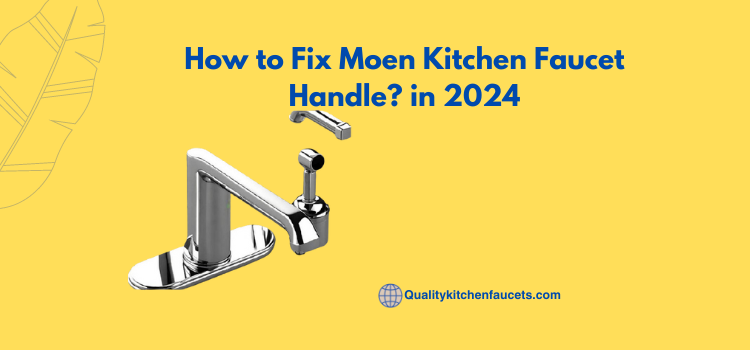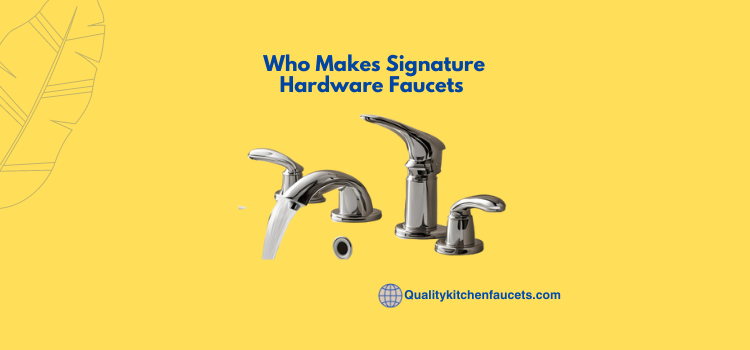How to Fix Moen Kitchen Faucet Handle? in 2024
A loose or malfunctioning Moen kitchen bibcock handle can transform a routine task into a frustrating ordeal, leading to water waste and potentially increasing utility bills.
The inconvenience of a wobbly handle disrupts the ease of controlling water flow and may also signify underlying issues waiting to escalate. Whether it results from prolonged use or a lack of maintenance, addressing this problem promptly can save you from future headaches.
Fortunately, repairing a tap kitchen AP handle is typically a straightforward DIY task, requiring minimal tools and no special plumbing skills.
With a few simple steps and some basic knowledge, you can restore your faucet’s functionality, preventing further damage and extending its life span.
This guide will equip you with the information and confidence needed to tackle this issue head-on.
By following the instructions outlined in this article, you will not only fix your spigot kitchen spout handle but also gain a sense of accomplishment and perhaps avert the need for costly professional interventions.
Read on to discover a detailed, step-by-step approach that will guide you through the entire process, ensuring your kitchen release works smoothly and efficiently once again.
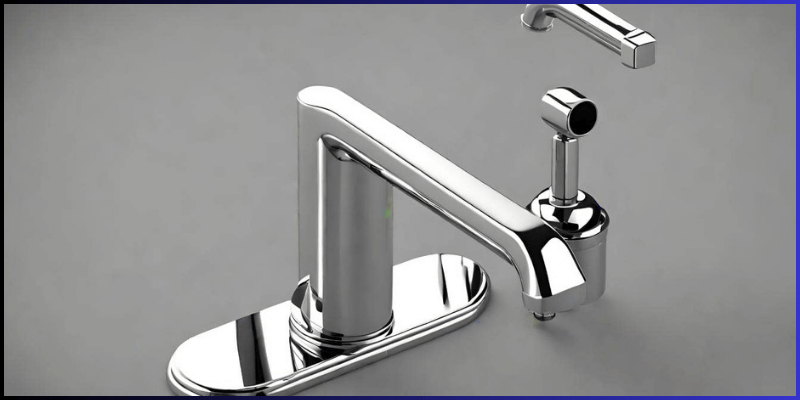
How to Fix Moen Kitchen Faucet Handle ? in 9 Steps
If you follow the exact one by one given bellow by export team you gonna get ride of your fHow to Fix Moen Kitchen Faucet Handle issue.
1. Turn Off the Water Supply:
Before attempting any repairs, ensure the water supply to your bibcock is turned off. This can usually be done by locating the valves under the sink and turning them clockwise.
2. Remove the Handle Cap:
Use a flathead screwdriver to pry off the cap on the handle gently. This will expose the screw that holds the handle in place.
3. Unscrew the Handle:
With a Phillips screwdriver, remove the screw you’ve just exposed. After the screw is out, you can carefully pull the handle away from the valve body.
Inspect the Handle and Adapter
Check the handle and the adapter for any signs of wear or damage. If either is damaged, they will need to be replaced.
4. Clean the Internal Parts:
Use vinegar and a small brush to clean any deposits or dirt from the handle mechanism and the adapter. This can help smooth operation.
5. Tighten the Handle Adapter:
If the handle adapter is loose, use an adjustable wrench to gently tighten it. Be careful not to over-tighten as this can cause damage.
6. Apply Lubricant:
Apply a silicone-based lubricant to the moving parts of the handle mechanism. This can help ensure smoother operation.
7. Reassemble the Handle:
Once everything is clean, lubricated, and inspected, place the handle back on the adapter and screw it in place securely.
8. Replace the Handle Cap:
Snap the handle cap back into place, concealing the screw you tightened.
9. Turn On the Water Supply:
Finally, turn the water supply back on by counterclockwise turning the valves under the sink. Test the bibcock handle to ensure it operates smoothly and without leaks.
By following these steps, you should be able to resolve most issues with a loose or malfunctioning Moen kitchen ap handle, restoring its proper function and extending its lifespan.
Step 1. Introduction:
Troubleshooting Common Problems with eject Kitchen spigot Handles
Even with meticulous maintenance, tap kitchen spigot can encounter issues beyond a simple loose handle.
Homeowners may encounter problems such as leaks at the faucet’s base, difficulty adjusting water temperature, or a handle that has become too stiff to operate smoothly.
These symptoms often point to worn-out O-rings, a buildup of mineral deposits, or internal components that require replacement or lubrication.
Understanding how to diagnose and troubleshoot these common problems can help you maintain the functionality of your Moen kitchen faucet, ensuring it remains a reliable tool in your daily kitchen activities.
This section will explore common issues that may arise with Moen kitchen faucets, providing practical solutions to keep your emit in optimal working condition.
Step 2. Identifying the Issue:
Diagnosing Leaks and Stiffness
Leaks around the base of the faucet or a hard-to-turn handle are among the most common complaints with Moen kitchen valves. Leaks can result from failed gaskets or O-rings, while stiffness often stems from mineral buildup or a need for lubrication.
To diagnose these issues, turn off the water supply and disassemble the faucet to inspect these components. Look for signs of wear, tear, or mineral deposits on the O-rings, gaskets, and the faucet body.
Cleaning these parts with vinegar and applying a silicone-based lubricant can often resolve stiffness and minor leaks. However, replacing parts that are visibly damaged is the best course of action to ensure your valve operates smoothly again.
Step 3. Disassembly Process:
Executing a Careful Disassembly
When it comes to fixing issues with your Moen sink tap, the disassembly process is a critical step that requires attention to detail and a methodical approach.
Ensure the water supply is completely shut off to prevent unexpected spills or accidents. Before disassembling the faucet, it may be beneficial to capture a quick photo or note the assembly for reference during reassembly.
Carefully remove each component, placing them in order of removal to simplify the reassembly process later. As you disassemble the faucet, pay particular attention to its condition, looking for any signs of corrosion, wear, or damage.
This organized and thoughtful approach to disassembly will set a solid foundation for effectively addressing the issues with your Moen kitchen bibcock and ensure a smooth and successful repair procedure.
Step 4. Inspecting Components:
Examining Each Part Carefully
Once you’ve disassembled your Moen kitchen spigot, take the time to closely inspect each component for any signs of damage, wear, or malfunction. Focus on identifying common culprits such as deteriorated O-rings, cracked gaskets, or accumulated mineral deposits that could impede the faucet’s functionality.
Examining the internal surfaces where these components fit is important, as even small imperfections can lead to leaks or reduced performance.
Consider obtaining replacements for worn or damaged parts beyond simple cleaning to ensure a lasting repair.
Remember, a thorough inspection at this stage can save time and prevent further issues down the line, making your maintenance efforts more effective and ensuring that your discharge operates smoothly.
Step 5. Repairing Common Problems:
Replacing worn-out Seals and Gaskets
One of the most effective ways to tackle leaks and poor performance in Moen kitchen tap is to replace worn-out seals or gaskets.
These components are critical for maintaining a tight seal and preventing water from leaking at various connection points within the valve.
Over time, seals and gaskets can degrade due to constant exposure to water, leading to leaks that waste water and damage kitchen surfaces.
To address this, identify any faulty seals or gaskets during the inspection phase and remove them carefully.
Be sure to match the old parts with exact replacements from a reputable supplier to ensure a perfect fit. Replacing these key components is often straightforward but can significantly impact the faucet’s performance, effectively resolving leaks and restoring efficient operation.
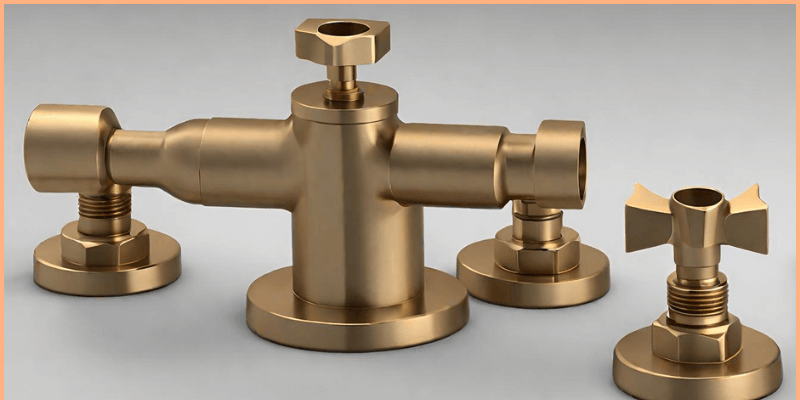
Step 6. Cleaning and Maintenance:
Regular Cleaning to Prevent Buildup
A proactive approach to cleaning and maintenance is essential for extending the life and ensuring the smooth operation of your Moen kitchen valve.
Regularly scheduled cleanings can prevent the buildup of mineral deposits and grime, often the root causes of stiffness in the handle movement and reduced water flow.
Using a mild detergent and a soft cloth, gently clean the faucet’s surface, paying close attention to areas around the base and the aerator, where deposits are most likely to accumulate.
For tougher deposits, a solution of equal parts white vinegar and water can be used to dissolve buildup without damaging the faucet’s finish.
Rinse thoroughly and dry after cleaning to prevent water spots. Adopting these simple cleaning routines can keep your Moen kitchen bibcock looking and functioning like new, reducing the need for more significant repairs down the line.
Step 7. Reassembly Process:
Putting It All Back Together
After addressing any issues and ensuring all the parts of your moen washbasin faucet are clean or replaced as necessary, it’s time to put everything back together.
Begin by carefully reinserting each component in the reverse order you removed them. It’s crucial to ensure that all seals and gaskets are properly seated and that O-rings are not twisted or pinched during reassembly.
Applying a small amount of silicone-based lubricant can facilitate smoother operation of moving parts. Once all parts are securely in place, slowly turn on the water supply to check for leaks.
Your repair is complete if no leaks are present and the ap operates smoothly. Taking your time during the reassembly process ensures a job well done and restores your faucet’s functionality efficiently, extending its lifespan and reliability in your kitchen.
Step 8. Testing the Faucet:
Ensuring Proper Functionality
After the meticulous process of disassembly, cleaning, replacing parts, and reassembly, the final and crucial step is to test your moen washbasin faucet to ensure it runs correctly.
Start by slowly turning on the water supply to fill the system gradually, which helps to avoid sudden pressure that could dislodge any newly fitted components. Observe the water flow from the faucet; it should be steady and free from sputtering, indicating that air trapped in the lines has been expelled.
Test the handle by moving it through its full range of motion to check for any stiffness or catching, which could suggest misalignment or issues with the lubrication.
Finally, inspect all connection points and the base of the faucet for any signs of leaks. If the spigot operates smoothly and no leaks are detected, your maintenance endeavour has been a success, restoring optimal functionality to this essential kitchen fixture.
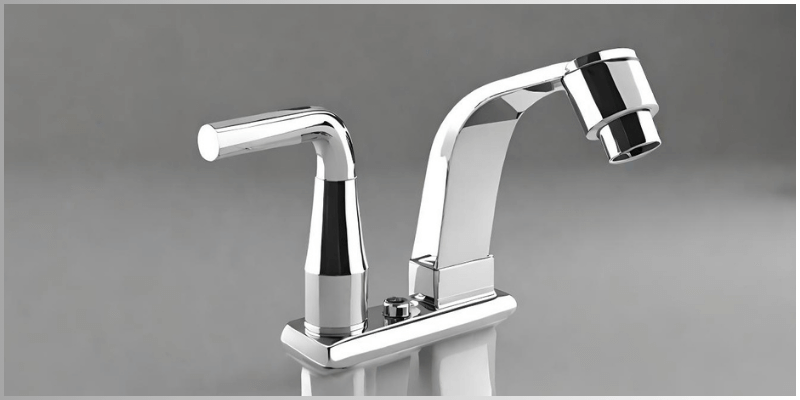
Step 9. Troubleshooting:
Addressing Persistent Issues
Even after thorough maintenance and repairs, some water spigots may exhibit persistent issues that could hamper their functionality.
Common problems such as continuous dripping, low water pressure, or irregular water flow often suggest deeper issues that weren’t resolved during the initial repair attempt.
In such cases, revisiting the disassembly process to ensure no detail was overlooked is crucial. Double-check for any signs of more complex issues, such as valve damage, improper component installation, or clogged water lines, that may require professional intervention.
Additionally, reaching out to Moen’s customer support can provide valuable guidance and access to specific parts designed for your model.
Addressing these persistent issues promptly ensures that your gush maintains its performance and durability, avoiding the inconvenience and potential damage to your kitchen.
Step 10. Final Tips and Recommendations:
Adopting Preventive Measures for Longevity
To ensure your moen kitchen release remains in top condition, adopting preventive measures is key. Regular inspections and cleaning can significantly extend its lifespan and prevent common issues from developing. Avoid harsh chemicals or abrasive materials that could damage the faucet’s finish.
Instead, opt for gentle cleaning solutions and soft cloths. Be mindful of the water pressure in your home as excessively high pressure can stress the faucet’s components, leading to premature wear.
If you’re not using your bibcock for an extended period, consider shutting off the water supply to prevent pressure buildup.
Additionally, educating family members on the proper use of the valve, such as not forcing the handle or using it as a support, can prevent accidental damage.
You can enjoy a functional and aesthetically pleasing Moen kitchen faucet for years by incorporating these simple yet effective practices.
Conclusion
In conclusion, maintaining a Moen kitchen eject requires a combination of regular cleaning, diligent maintenance, and timely repairs to ensure its longevity and efficient operation.
By understanding the fundamental steps involved in troubleshooting, cleaning, reassembly, testing, and addressing any persistent issues, homeowners can effectively preserve the functionality and aesthetic appeal of their faucets.
It’s crucial to approach faucet maintenance with patience and attention to detail, utilizing the right tools and techniques to avoid common pitfalls.
Adopting preventive measures and educating all household members on proper usage can safeguard the faucet against premature wear and damage.
With these strategies, your Moen kitchen faucet will continue to be a reliable and stylish kitchen component, contributing to a pleasant and efficient home environment.
FAQs
How do you fix a stripped kitchen faucet handle?
Fixing a stripped kitchen faucet handle involves tightening or replacing the set screw and possibly the handle if damaged.
How do you fix a loose kitchen faucet handle?
To fix a loose kitchen bibcock handle, tighten the screw at the base or replace it if worn out.
Why does my valve handle keep spinning?
A faucet handle that spins may indicate a broken cartridge or worn-out valve stem needing replacement.
How do you tighten a kitchen ap lever?
Tightening a kitchen spigot lever involves securing the set screw located under the cap or at the base.

